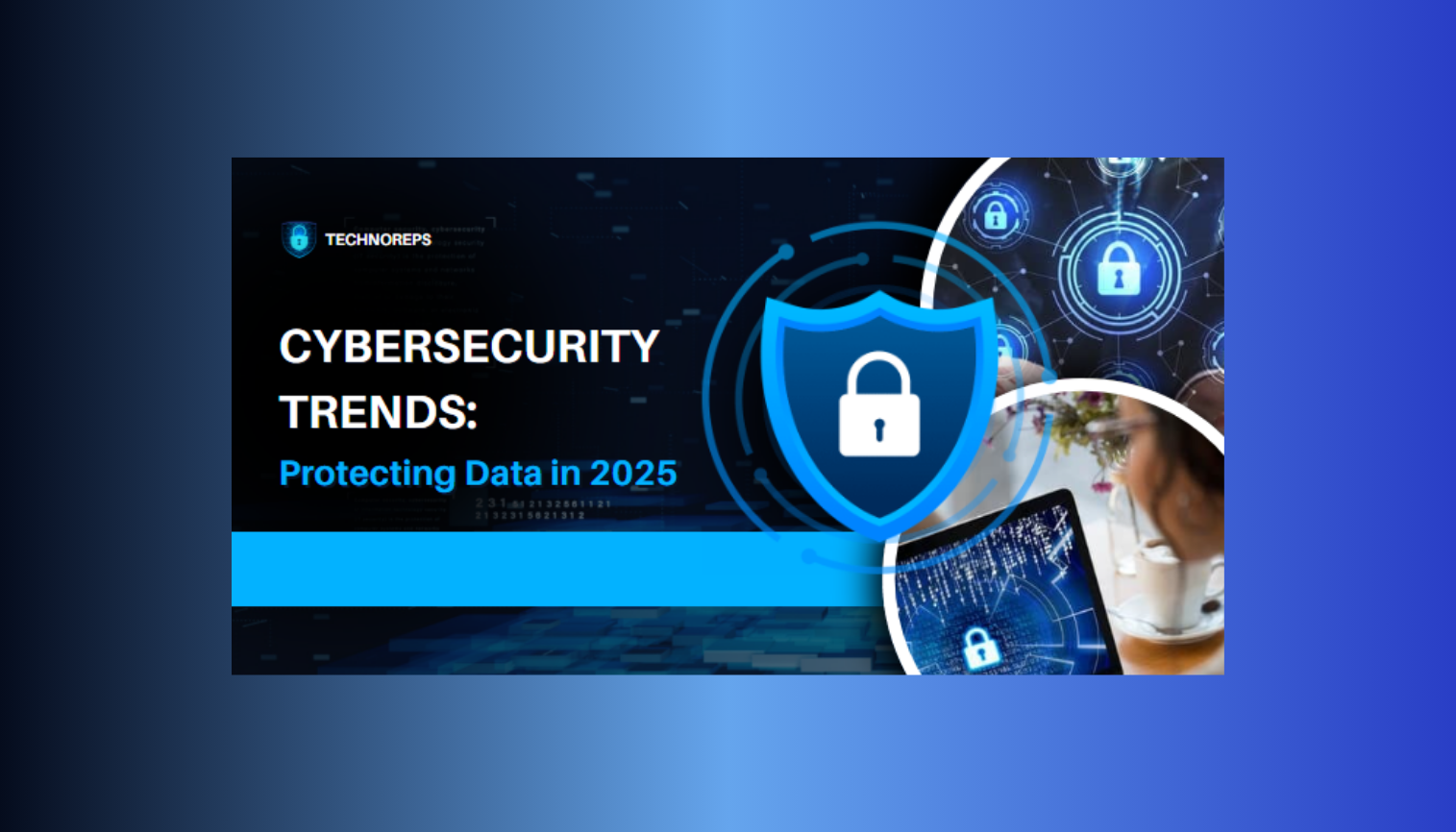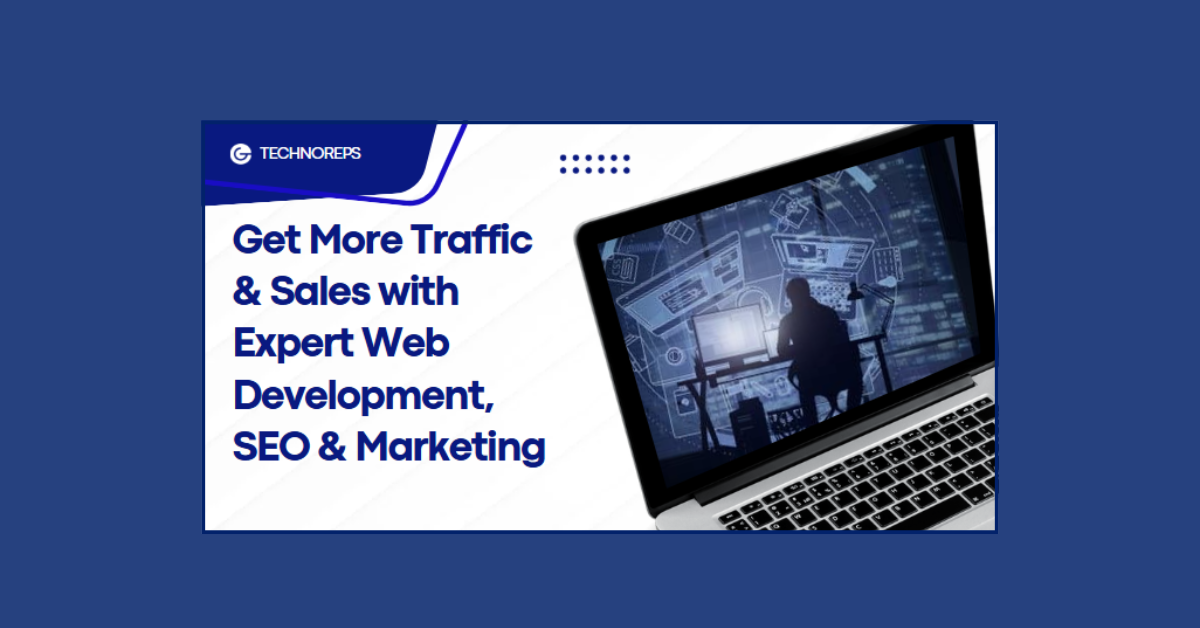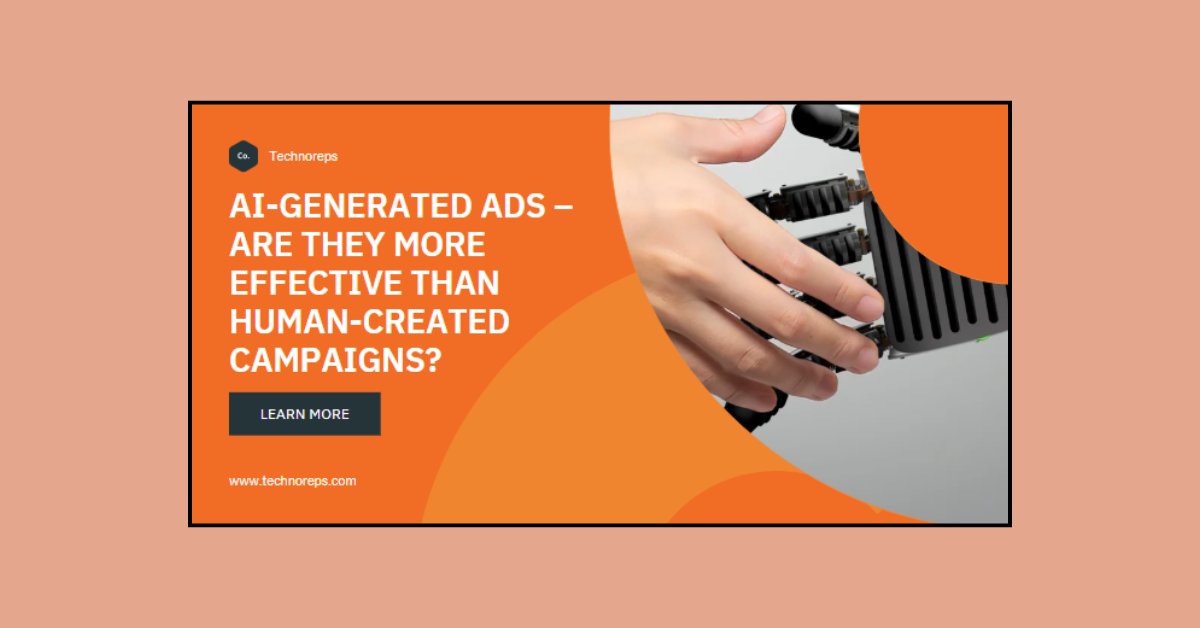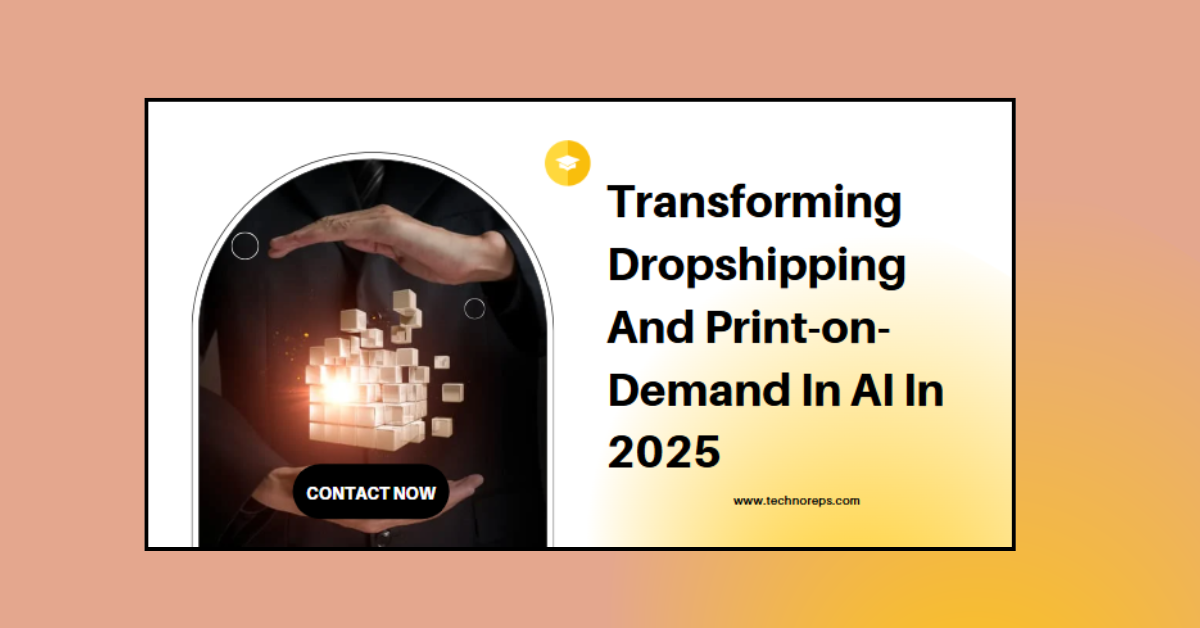The rapid evolution of technology continues to revolutionize industries, but it also opens doors for advanced cyber threats. As businesses and individuals increasingly depend on digital platforms, protecting data has never been more critical. In this article, we delve into the latest cybersecurity trends shaping 2025 and how you can safeguard your information effectively.
The Rise of AI-Powered Cyberattacks
Artificial Intelligence (AI) is a double-edged sword. While it strengthens cybersecurity defenses, it also empowers cybercriminals to launch sophisticated attacks. AI-based malware and phishing schemes are becoming harder to detect, posing significant risks to businesses.
How to Combat AI Cyberattacks:
Implement AI-Driven Defense Mechanisms: Leverage AI tools that detect anomalies in network traffic.
Employee Training: Regularly educate staff on identifying potential threats.
Invest in Threat Intelligence Platforms: Utilize platforms that monitor and analyze cyber threats in real time.
Zero-Trust Security Model Gains Traction
The zero-trust model operates on the principle of “never trust, always verify.” It requires strict identity verification for every user and device accessing a network.
Key Steps to Adopt Zero-Trust:
Multi-Factor Authentication (MFA): Add layers of security to user logins.
Micro-Segmentation: Divide your network into smaller zones to limit access.
Continuous Monitoring: Regularly review access permissions and logs.
Cloud Security Enhancements
As businesses migrate to the cloud, protecting cloud-based data has become a top priority. Misconfigurations and unauthorized access are common vulnerabilities.
Best Practices for Cloud Security:
Use Encryption: Encrypt sensitive data both in transit and at rest.
Conduct Regular Audits: Identify and fix potential vulnerabilities.
Partner with Trusted Cloud Providers: Choose providers with robust security protocols.
Emphasis on IoT Security
The Internet of Things (IoT) connects devices worldwide, from smart homes to industrial systems. However, each connected device is a potential entry point for hackers.
Securing IoT Devices:
Change Default Passwords: Use strong, unique passwords for each device.
Update Firmware Regularly: Keep devices updated with the latest security patches.
Network Segmentation: Isolate IoT devices on separate networks.
Regulatory Compliance and Data Privacy
Governments worldwide are introducing stricter data privacy regulations, such as GDPR and CCPA, to protect consumers. Businesses must stay compliant to avoid hefty fines and reputational damage.
Staying Compliant:
Conduct Regular Compliance Audits: Ensure adherence to applicable regulations.
Implement Data Governance Policies: Clearly define how data is collected, stored, and processed.
Provide Transparency: Inform users about data usage and obtain consent where necessary.
The Role of Cybersecurity Insurance
Cybersecurity insurance is no longer optional. It provides financial protection against data breaches and ransomware attacks.
Choosing the Right Policy:
Assess Your Risks: Identify potential threats to your business.
Understand Coverage: Ensure the policy covers your specific needs, such as ransomware or business interruption.
Review Exclusions: Be aware of what isn’t covered.
Conclusion
As we navigate 2025, staying ahead of cyber threats requires a proactive approach. By adopting emerging technologies, training employees, and following best practices, businesses can build robust defenses against evolving cyber risks.







